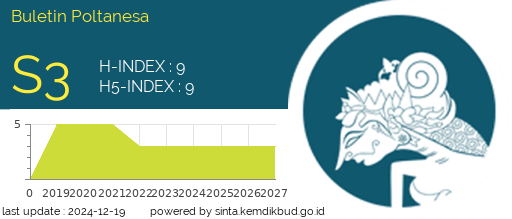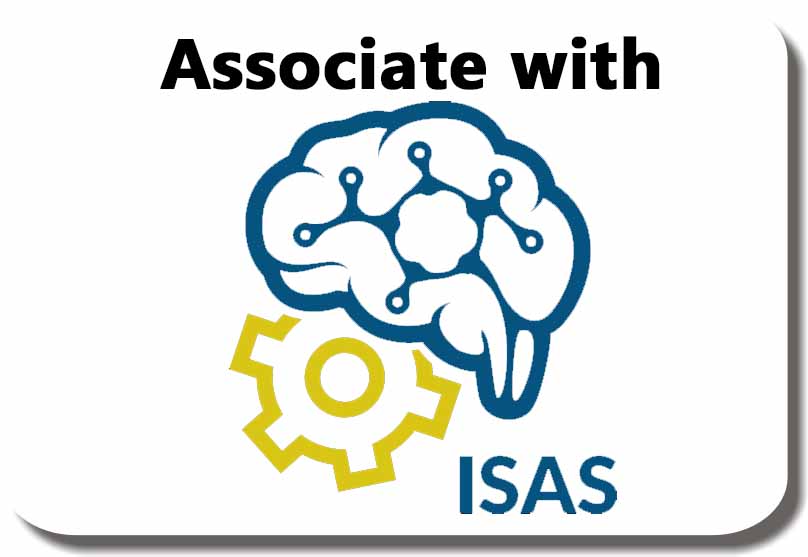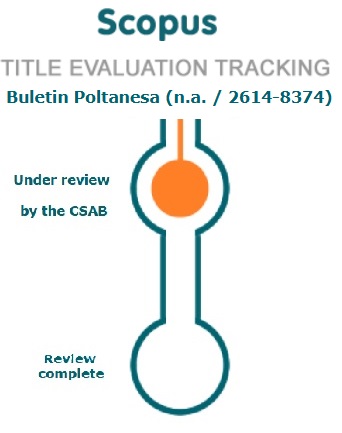A Study on Relaxation Learning Factory in Vocational Higher Education during the Covid-19 Endemic Transition
DOI:
https://doi.org/10.51967/tanesa.v24i1.2651Keywords:
Learning Factory, Relaxation, Vocational, Strategy, Organization.Abstract
Vocational Higher Education in providing quality vocational higher education is inseparable from its education model that implements PBET (Production Based Education and Training). To support this educational model, Vocational Higher Education has an educational facility called the Learning Factory. The concept of Learning Factory is facing challenges due to the extraordinary events post of the COVID-19 pandemic. Organizational strategic management is needed in relaxing concepts and activities related to the learning factory in Vocational Higher Education. Organizations must be able to formulate strategic policies that focus on the health and safety of students during the COVID-19 pandemic. Relaxation is a way or action to align the mind in a constructive direction so that what you want can be achieved. The main changes needed in Learning Factory Relaxation are the Implementation Model and the Learning Matrix. Both require Authorization in a process that supports teaching activities and the desired result. Therefore, principles are needed to support the achievement of modules that are open to the entire learning process and make prototypes for vocational students. As a form of a new breakthrough with technology in the industrial sector and getting around the adaptation of new habits during the Covid-19 pandemic, the learning process must be developed more innovatively and continues to be productive for the sake of mutual welfare. In realizing adaptive relaxation, it is necessary to focus on assessing the functions of Technoware, Infoware, Humanware, and Organware (THIO) as tools that Vocational Higher Education can use to improve services to stakeholders.
References
Abele, Eberhard., Metternich, J., Tisch, M., Chryssolouris, G., Sihn, W., ElMaraghy, H., Hummel, V., Ranz, F. 2015. Learning Factories for research, education, and training. ScienceDirect. Procedia CIRP 32 , 1 – 6 (https://www.sciencedirect.com/science/article/pii/S221282711500503X, accessed March 2, 2023).
Chitpin, Stephanie. 2016. Leading school improvement: using Popper’s theory of learning. Open Review Of Educational Research. Vol. 3. No.1, 190-203. (https://www.tandfonline.com/doi/full/10.1080/23265507.2016.1217742, accessed March 2, 2023)
Fatchan, H. A. 2011. Metode Penelitian Kualitatif. Surabaya: Jenggala Pustakan Utama.
Kemristekdikti. 2017. Kebijakan Pendidikan Tinggi Vokasi: Revitalisasi Pendidikan Vokasi.
Kemristekdikti. 2017. Genjot Penguatan Pendidikan Vokasi, Wapres Kunjungi ATMI Surakarta. Siaran Pers Kemristekdikti No: 81/SP/BKKP/XI/2017.
Kinsey, Mc. 2020. Covid-19: Implication for business. USA. (https://www.mckinsey.com/capabilities/risk-and-resilience/our-insights/covid-19-implications-for-business, accessed August 4, 2020)
Lea, Ruth. 2020. The coronavirus crisis:recession and modest lockdown relaxation. Perspectives. Arbuthnot Banking Group. United Kingdom: 18th May 2020. (https://www.arbuthnotlatham.co.uk/sites/default/files/documents/14%20April%202020_0.pdf, accessed August 4, 2020)
Politeknik ATMI Surakarta. 2020. Seleksi Penerimaan Mahasiswa, (https://www.atmi.ac.id/admissions.html, accessed August 4, 2020).
Slamet, P. H. 2011. Peran pendidikan vokasi dalam pembangunan ekonomi. Jurnal Cakrawala Pendidikan, (2). (https://journal.uny.ac.id/index.php/cp/article/view/4227, accessed May 8, 2023)
Trihatmoko, R. A. 2019. Metode Penelitian Kualitatif Filosofi, Teori, Desain, dan Implementasi. Yogyakarta: Publika Global Media.
Downloads
Published
How to Cite
Issue
Section
License
The copyright of this article is transferred to Buletin Poltanesa and Politeknik Pertanian Negeri Samarinda, when the article is accepted for publication. the authors transfer all and all rights into and to paper including but not limited to all copyrights in the Buletin Poltanesa. The author represents and warrants that the original is the original and that he/she is the author of this paper unless the material is clearly identified as the original source, with notification of the permission of the copyright owner if necessary.
A Copyright permission is obtained for material published elsewhere and who require permission for this reproduction. Furthermore, I / We hereby transfer the unlimited publication rights of the above paper to Poltanesa. Copyright transfer includes exclusive rights to reproduce and distribute articles, including reprints, translations, photographic reproductions, microforms, electronic forms (offline, online), or other similar reproductions.
The author's mark is appropriate for and accepts responsibility for releasing this material on behalf of any and all coauthor. This Agreement shall be signed by at least one author who has obtained the consent of the co-author (s) if applicable. After the submission of this agreement is signed by the author concerned, the amendment of the author or in the order of the author listed shall not be accepted.









